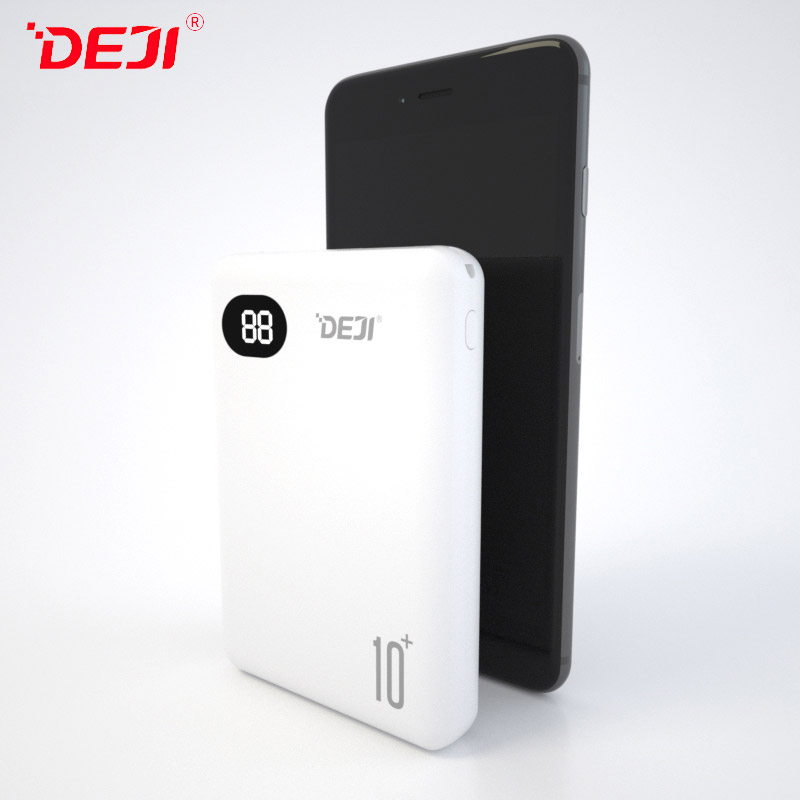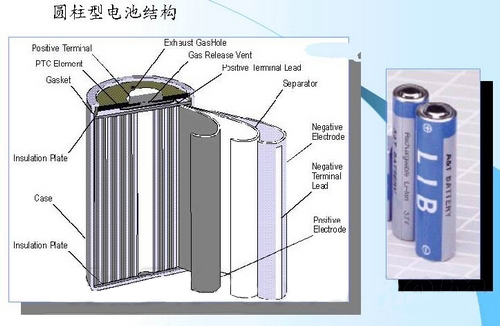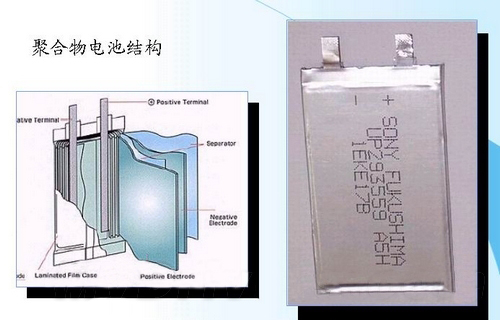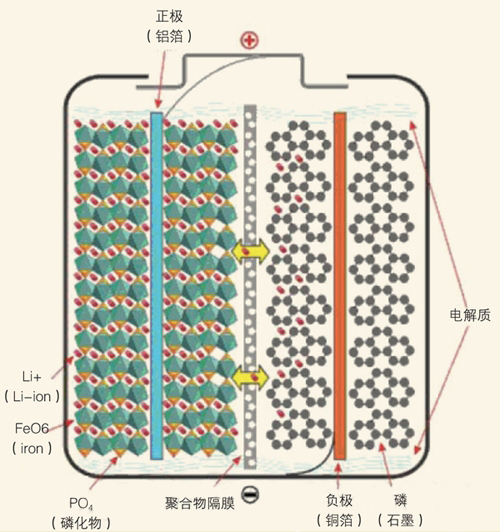With the popularity of various smart phones and tablets, more and more people find that the power of various digital products, especially mobile phones, can no longer meet the need for battery life in daily use, and the emergence of mobile power can be said to be This problem is solved to a certain extent. So for those consumers who have not been exposed to mobile power, how to choose a dazzling array of mobile power bank?
The key to a good power supply depends on the battery cell. The battery core inside the mobile power supply is like the fuel tank and transmission system of a car. It is responsible for providing a steady stream of power for the entire mobile power supply and directly determines the quality of the mobile power supply. The circuit board of the mobile power supply can be regarded as a control system, which is mainly used for power distribution and conversion, and converts the 3.7V (or higher) voltage provided by the lithium battery into a standard 5V (or higher) voltage. Provide power to the device being charged.

The current mobile power cells generally use lithium-ion batteries, but the performance is different, and it is completely invisible from the appearance, and the general specifications cannot be reflected. Let's start with the battery core and explore the mysterious world of mobile power step by step.
Lithium ion batteries can be divided into liquid lithium ion batteries (LIB) and polymer lithium ion batteries (LIP) according to the different electrolyte materials used. The positive and negative materials used in the two are the same. The positive electrode material includes three materials: lithium cobalt oxide, nickel cobalt manganese and lithium iron phosphate. The negative electrode is graphite, and the working principle of the battery is basically the same.
The main difference between them lies in the difference in electrolytes. Liquid lithium-ion batteries use liquid electrolytes, while polymer lithium-ion batteries use solid polymer electrolytes instead. This polymer can be in a "dry state" or a "colloid state". At present, most of the polymer gel electrolytes are used.

Analysis of the three major battery material cell types
1. Lithium Cobalt Oxide Material Battery Cell (LiCoO2)
Lithium cobalt oxide is commonly known as liquid lithium-ion battery, and its common shapes are 18650 and square shape. The 18650 battery is a cylindrical battery with a diameter of 18 mm and a height of 65 mm (it looks like an enlarged version of the AA battery) and is widely used in notebook batteries. Because it is compatible with laptop batteries, more than 60% of mobile power sources on the market now use 18650 batteries.

Currently commercial lithium-ion batteries basically use layered lithium cobalt oxide as the positive electrode material. Its theoretical capacity is 274mAh/g and the actual capacity is about 140mAh/g. There are also reports that the actual capacity has reached 155mAh/g.
This positive electrode material has a high working voltage (average working voltage is 3.7V), stable charging and discharging voltage, small size, high specific energy, good cycle performance, high conductivity, simple production process, and easy manufacturing.
Main advantages: mature technology, wide range of applications, small size.
Main disadvantages: The cycle life is about 300 times, the safety performance is low, the overcharge resistance is poor, it is not suitable for high-rate charging and discharging, and it will pollute the environment after being discarded.
2. Nickel-cobalt-manganese battery cells (LiNiCoMnO2)
Nickel-cobalt-manganese, also known as ternary material (LiNiCoMnO2), is a type of polymer lithium-ion battery, and its common shape is a square soft pack shape. Note that lithium cobalt oxide can also be made into a square shape, but it is hard after forming and can be distinguished by pinching it with your hands.

With the popularity of smart phones, ternary materials have developed rapidly in the past two years and are used in more and more fields. It uses nickel salt, cobalt salt, and manganese salt as raw materials, and the ratio of nickel, cobalt and manganese can be adjusted according to actual needs.
The battery with ternary material as the positive electrode is safer than the lithium cobalt oxide battery, and the service life is higher than that of the lithium cobalt oxide, reaching 500 cycles of use.
Main advantages: Diversified volume, very wide range of use, not easy to explode, and high safety factor.
Main disadvantages: high price, environmental pollution after being abandoned, weak charging and discharging performance with high current.
3, iron phosphate material lithium battery cell (LiFePO4)
The scientific name of lithium iron phosphate is ferroelectric. The biggest difference from the previous two types of batteries is that iron is added to the positive electrode of the battery. Lithium iron has only just started in recent years. It is a material with great potential. Its safety performance and cycle life cannot be compared with other materials. These are also the most important technical indicators of power batteries. The charging and discharging cycle life is up to 2000 times, and the single-cell battery will not burn or explode if the overcharge voltage is 30V.

The large-capacity battery pack made of lithium iron phosphate cathode material is easier to use in series to meet the needs of frequent charging and discharging of electric vehicles, and has the advantages of non-toxic, non-polluting, good safety performance, wide source of raw materials, low price, and long life. It is an ideal cathode material for a new generation of lithium-ion batteries.
At present, ferroelectrics are mainly used for large-capacity electric buses, signal base station energy storage and large-scale UPS applications. Among them, mobile power and AA batteries have just begun to test water and mass production, which makes ferroelectrics gradually use medium-large-capacity UPS and small-scale energy storage batteries. , Lawn lights, and power tools are widely used.
Main advantages: 2000 cycle life, high current charge and discharge, low internal resistance, low heat generation, safety, environmental protection and non-toxic.
The main disadvantages: the price is expensive, the digital product field has not yet been used on a large scale, and the awareness of consumers is low.
 sales@batterydeji.com
sales@batterydeji.com




